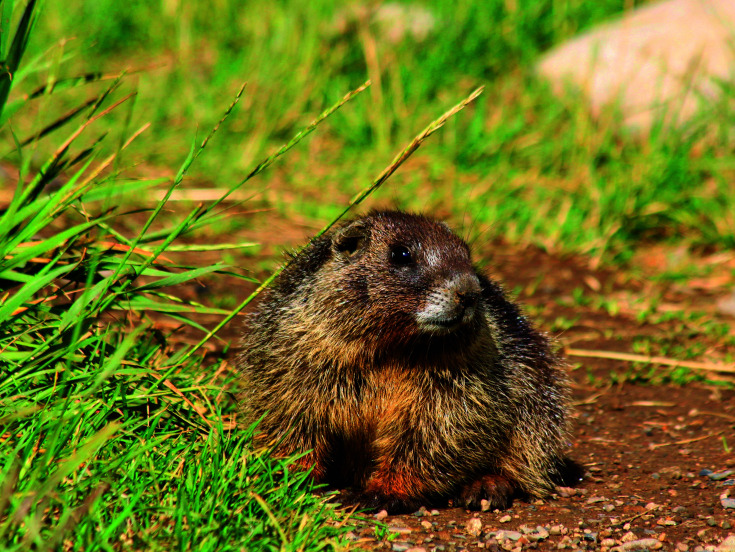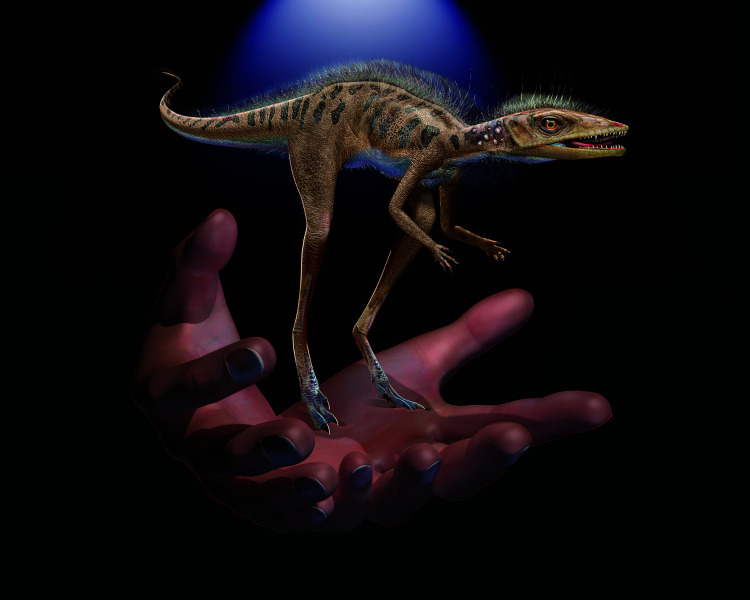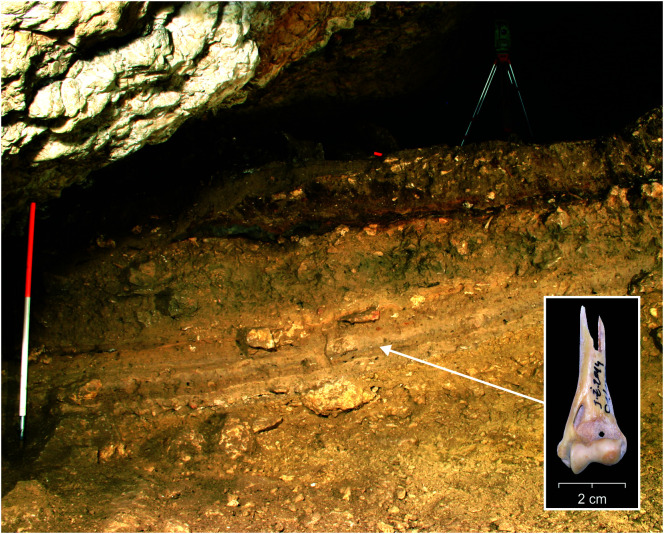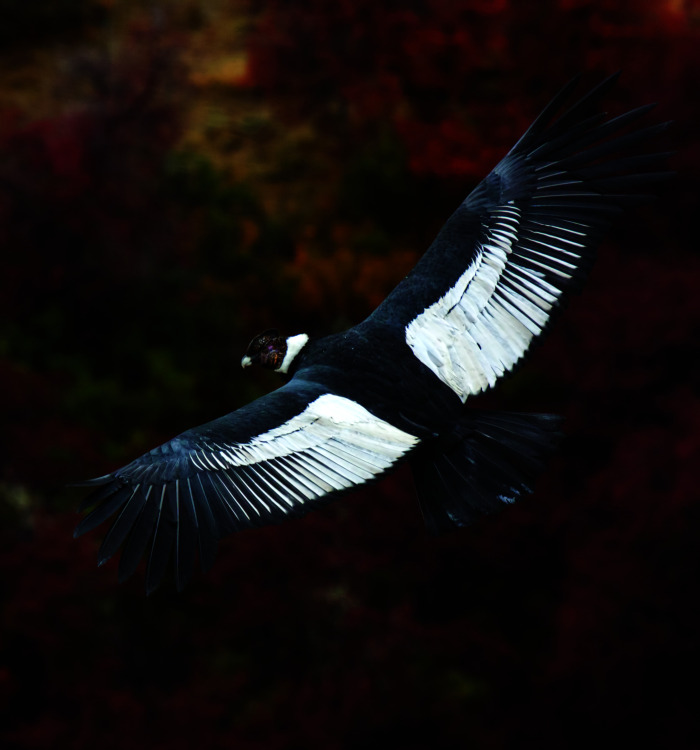Coexistence and conflict between humans and bears
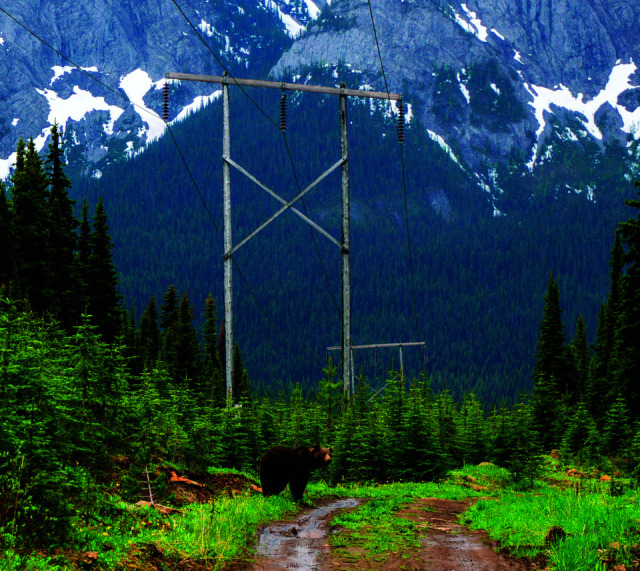
Grizzly bear traversing a human-dominated landscape in the Rocky Mountains of British Columbia.
As natural habitats disappear, wildlife, including large carnivores, increasingly live among human settlements. To determine behavioral and demographic factors that support carnivore coexistence with people, Clayton Lamb et al. (pp. 17876–17883) examined coexistence between humans and brown bears, one of the most conflict-prone and widely distributed carnivores. The authors examined data collected from 1979 to 2019 on the demography, habitat use, mortality rates, and movement of 2,669 brown bears over a 378,191-km2 area in and near British Columbia, Canada. Human impact on the landscape was measured using satellite imagery. Bears were found living in human-dominated areas, which provided rich food sources, such as highway roadkill, fruit trees, and abundant natural foods derived from land clearing. Humans were the primary cause of bear mortality, and young bears faced high mortality rates in human-dominated landscapes. However, as they aged, some bears adopted nocturnal behaviors, which increased their chances of survival and reduced conflict with humans. Persistence of bears in human-dominated landscapes was possible due to migration of bears from wilderness areas. The findings suggest that connected wilderness as well as bears’ ability to adopt nocturnal behaviors are imperative to the coexistence of humans and bears, according to the authors. — M.S.
Using red blood cells to deliver vaccine to spleen
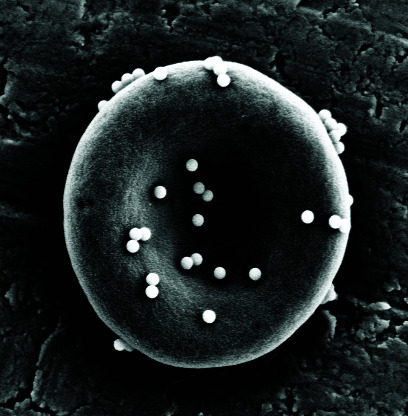
Nanoparticles on the surface of erythrocytes.
Red blood cells, or erythrocytes, play important innate immune functions, including the capture and delivery of bacterial pathogens to the antigen presenting cells (APCs) in the spleen. Anvay Ukidve, Zongmin Zhao, et al. (pp. 17727–17736) harnessed erythrocyte immune functions to develop erythrocyte-driven immune targeting (EDIT), a method to deliver vaccine nanoparticles from the surface of red blood cells to the APCs in the spleen and generate cellular and humoral immune responses. At an incubation ratio of 300:1 (nanoparticles:erythrocytes), nanoparticle loading per erythrocyte was found to be optimal for developing enough shear resistance to ensure that the nanoparticles were mostly delivered to the spleen rather than the lungs. Once the nanoparticles reached the spleen, alterations to the erythrocyte membrane led to their prompt capture by spleen APCs, without the capture of the carrier cell. EDIT led to improved humoral and cellular immune responses, with the erythrocyte-delivered nanoparticles resulting in higher antibody response, higher central memory T cell response, and lower regulatory T cells, compared with free nanoparticles. In a mouse model of prophylaxis, EDIT-mediated immune responses were found to significantly slow tumor growth and increase the window for therapeutic interventions. According to the authors, EDIT could be used for erythrocyte-mediated delivery of antigens to stimulate enhanced systemic immunity and serve as the basis for vaccination strategies. — S.R.
Climate change and marmot survival
Yellow-bellied marmot pup, Rocky Mountains, Colorado. Image credit: Graeme Shannon (Bangor University, Bangor, United Kingdom).
Seasonal environmental conditions drive the behaviors and life histories of many organisms. However, climate change is altering the conditions to which many species are adapted. Analyzing life history data collected between 1979 and 2018, Line Cordes et al. (pp. 18119–18126) examined how yellow-bellied marmots living in the Rocky Mountains of Colorado have responded to climate change during the short active season in summer and the long hibernation season in winter. Over the course of four decades, marmot survival increased in summer and decreased in winter, and the effects were greatest among pups and yearlings. Environmental factors driving survival trends differed among pups, yearlings, and adults. Drought severity primarily influenced pup and adult survival during winter. High winter survival of pups followed short, wet summers. Continued climate change will likely affect overall marmot survival positively during summer while leaving marmots vulnerable during winter hibernation. The findings suggest that climate change may benefit certain species in one season while resulting in unfavorable conditions in another, according to the authors. — M.S.
Permo-Triassic mass extinction and biodiversity
Species richness increases from the poles to the tropics, a pattern referred to as the latitudinal diversity gradient. The relative influence of factors driving the pattern is unclear. Haijun Song et al. (pp. 17578–17583) explored the mechanisms that control biodiversity patterns, focusing on the Permian-Triassic mass extinction event, which occurred around 252 million years ago. The authors report that marine biodiversity patterns changed rapidly during the mass extinction, altering the latitudinal diversity gradient for 5 million years. The authors analyzed biogeographic distributions using a database of 52,318 records of marine fossils and their locations from the late Permian to the Late Triassic. The latitudinal diversity gradient flattened rapidly at the start of the Triassic, representing a loss of biodiversity in the tropics and an increase in diversity toward the poles. The authors ascribe the loss to extinction to intense global warming and reduction of oxygen in the ocean—conditions that existed from the tropics to the poles. The curve remained flat for around 5 million years until it gradually began to resemble modern biodiversity patterns. According to the authors, the results support the idea that extreme climate events combined with anthropogenic effects will harm biodiversity in modern ecosystems. — T.H.D.
Tiny dinosaur relative from Madagascar
Kongonaphon, a tiny dinosaur relative from the Triassic of Madagascar, shown at actual size compared with human hands. Image credit: American Museum of Natural History.
Dinosaurs and pterosaurs, known for being among the largest land-dwelling and flying animals in Earth’s history, both belong to the group Ornithodira. Their origins, however, are poorly understood, given that few specimens from the root of this lineage have been found. Christian Kammerer et al. (pp. 17932–17936) report an early ornithodiran named Kongonaphon kely, discovered in Mid-to-Upper Triassic rocks in Madagascar. In contrast to the large size of many of its dinosaur and pterosaur relatives, Kongonaphon would have stood only around 10 cm tall. Analysis of ornithodiran body size evolution suggests that the dinosaur and pterosaur lineages originated from extremely small ancestors, carrying important implications for their paleobiology. Wear on the conical teeth of Kongonaphon suggests a diet of insects, and a shift to insectivory associated with small body size may have helped early ornithodirans occupy ecological niches distinct from cooccurring reptiles. Heat retention in small bodies is difficult, and the Triassic was a time of climatic extremes. Hence, fuzzy skin coverings ranging from simple filaments to feathers, which are known on both the dinosaur and pterosaur sides of the ornithodiran tree, may have originated for thermoregulation in the small-bodied common ancestor now reconstructed for these groups, according to the authors. — P.G.
Molecular basis of male sex in mosquitoes
In Aedes aegypti mosquitoes, which transmit diseases such as dengue and yellow fever, male sex is established by a dominant male-determining genetic locus (M-locus). The locus contains 30 genes, including Nix, a gene previously reported to be the male-determining factor (M factor). To determine whether Nix alone is sufficient to confer male traits and fertility, Azadeh Aryan et al. (pp. 17702–17709) generated and characterized multiple transgenic mosquito lines that express Nix under the control of its own promoter. The authors found that the Nix transgene alone, in the absence of the M-locus, is sufficient to convert females into males with male-specific sexually dimorphic features and male-like gene expression. The sex-converted males were unable to fly, normally a prerequisite for mating, but they were found to be fertile and able to father viable sex-converted progeny when presented with cold-anesthetized wild-type females. The authors also report that a second M-locus gene, myo-sex, is required for male flight. Nix-mediated sex conversion was found to be heritable, highly penetrant, and stable over many generations. The results indicate that Nix alone is able to convert female Ae. aegypti mosquitoes into fertile phenotypic males, and the authors suggest that Nix could potentially be used to develop mosquito control strategies. — S.R.
Ancestors of domesticated cats in Europe
Neolithic cultural level inside Żarska Cave, where one of the earliest cat remains of Near Eastern lineage was discovered.
The earliest known interactions between humans and the precursors of domesticated housecats began in the Near East, with evidence of migration to Europe around 4200 to 2300 BCE. Magdalena Krajcarz et al. (pp. 17710–17719) analyzed stable isotopes in six samples of cat remains from the late Neolithic Period, along with stable isotopes of 34 associated animal species, including the European wildcat, to assess the diet of the early European cats as well as the ecology of wild and domesticated animals in the region. The authors also compared the Neolithic cats with early domestic cat samples from the Roman Period in Poland. The analyses suggest that by the Late Neolithic, human agricultural activity had already altered the stable isotope ratios of rodents, which became significant food sources for the opportunistic Near Eastern cats. Stable isotope ratios of Near Eastern cats and European wildcats displayed only minor differences, suggesting that the cats shared an ecological niche. According to the authors, although Near Eastern cats may have followed early farmers to Europe, they existed in a commensal, free-living relationship, not yet fully dependent on humans for food and sharing an ecological niche with native wildcats. — P.G.
Flight performance in Andean condors
Andean condor soars above the Patagonian steppe. Image credit: Facundo Vital (photographer).
Flapping during flight incurs high energy costs for large birds. However, the conditions under which large birds flap their wings are unclear. Hannah Williams, Emily Shepard, et al. (pp. 17884–17890) examined how the Andean condor, the heaviest known soaring bird, can fly with limited flapping. The authors equipped eight immature condors in the Andes near Bariloche, Argentina with bio-logging devices in multiple field seasons from 2013 to 2018. The birds flapped for 1.3% of the total recorded flight time and spent the rest of the time gliding and soaring. One bird flew continuously for more than 5 hours, covering more than 170 km without flapping. More than 70% of flapping was associated with takeoffs, highlighting the importance of this phase for the total flight costs in Andean condors. Flapping was also most frequent in early morning, when thermal updrafts begin to form and the air rises slowly. The authors predicted that even during winter, when soaring conditions are poor, Andean condors may flap for no more than approximately 2 seconds per kilometer. The findings provide potential insight into how large, extinct animals possibly flew long distances by soaring rather than wing flapping, according to the authors. — M.S.



